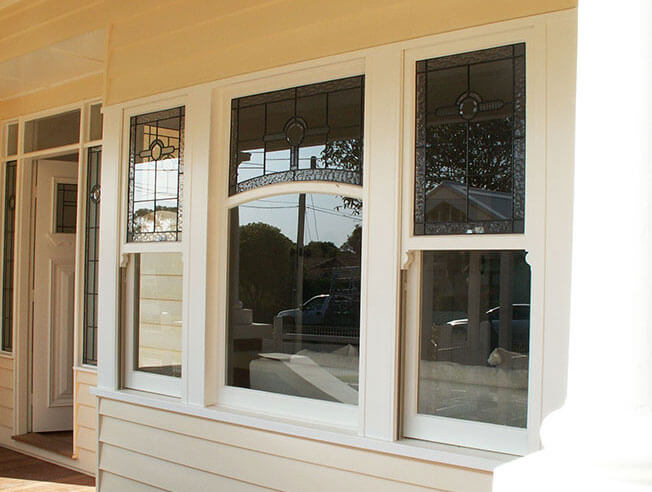All Categories
Featured
Table of Contents
Twinglaze® Double Glaze Specification Act - Vic in Beeliar Perth
That window can transfer more solar heat in winter than in summer. A west-facing window on a summertime's afternoon has an angle of occurrence from near 0 as much as 30 with a large reliable area of solar radiation. A north-facing window, in summer, has a high angle of occurrence and a low efficient area of solar radiation, so can transfer less heat than a west-facing one.

You can rapidly and easily enhance the thermal performance of your home by changing your windows. This is one of the most efficient methods of renovation to attain improved thermal convenience. There are countless kinds of glass and frames to pick from. Selecting the best ones is very important to improving the energy efficiency of your home.
5 Benefits Of Double Glazing Windows in Swan View Perth
Single glazing with clear glass is not very efficient when it comes to heat loss or gain. To improve efficiency, you can utilize single glazing with a more energy-efficient type of glass such as low emissivity (low-e) glass.
The energy performance of IGUs also depends on: the residential or commercial properties of each layer of glass. Various glass types (for example, clear and low-e glass) can be put together in an IGU.
Double Glazed Windows Sydney in Waterford Perth

IGU cavities can be filled with air or a more inert, low-conductivity gas such as argon the width of the cavity. Larger cavities provide lower (much better) U values, with 12mm generally accepted as the preferred gap how well the cavity is sealed.
If argon is set up to the cavity in location of air, moisture is dependably excluded the level of desiccant (drying representative). The spacer (metal or polymer strip) that separates the glass layers consists of a desiccant to soak up any wetness. Insufficient desiccant might trigger wetness to condense on the glass surface area in cold conditions, lowering thermal performance.
Plastic Window Frames - Best Plastic Double Glazed ... in Peppermint Grove Perth
In fact, IGUs can provide much better energy performance for all climates, specifically in heated and air-conditioned homes. Cross-section detail of single, double and triple-glazing units Low emissivity glass (typically called low-e glass) lowers heat transfer. Low-e glass might be either high or low transmission: High transmission low-e glass has a coating that permits daylight from the sun to enter the house to accomplish good solar heat gain, however decreases the amount of the long wavelength infrared heat that can get away back through the window.
Low-e glass has either a pyrolytic finish or a vacuum-deposited thin movie metal finishing. Pyrolytic coatings are durable and can be used for any glazing; vacuum-deposited coatings are soft and are just used within IGUs. Low-e finishings can substantially improve both U worth and SHGC; however, they must be used properly or they will either weaken or fail to carry out as needed.
Why Does Double Glazing Help To Keep Us Cool In Summer? in Ashfield WA
Low-e finishings can be utilized in mix with clear, toned or reflective glass. Low-e finishes on glazing can lower heat transfer where required Picture: Department of Industry, Science, Energy and Resources Toned glass has actually colouring additives included throughout manufacture. It is offered in different colours, normally bronze, grey, blue and green.
Latest Posts
Secondary Glazing: A Buyers Guide in Bibra Lake WA
Double Glazing in Swan View WA
Double Glazed Windows In The Summer in Myaree Western Australia